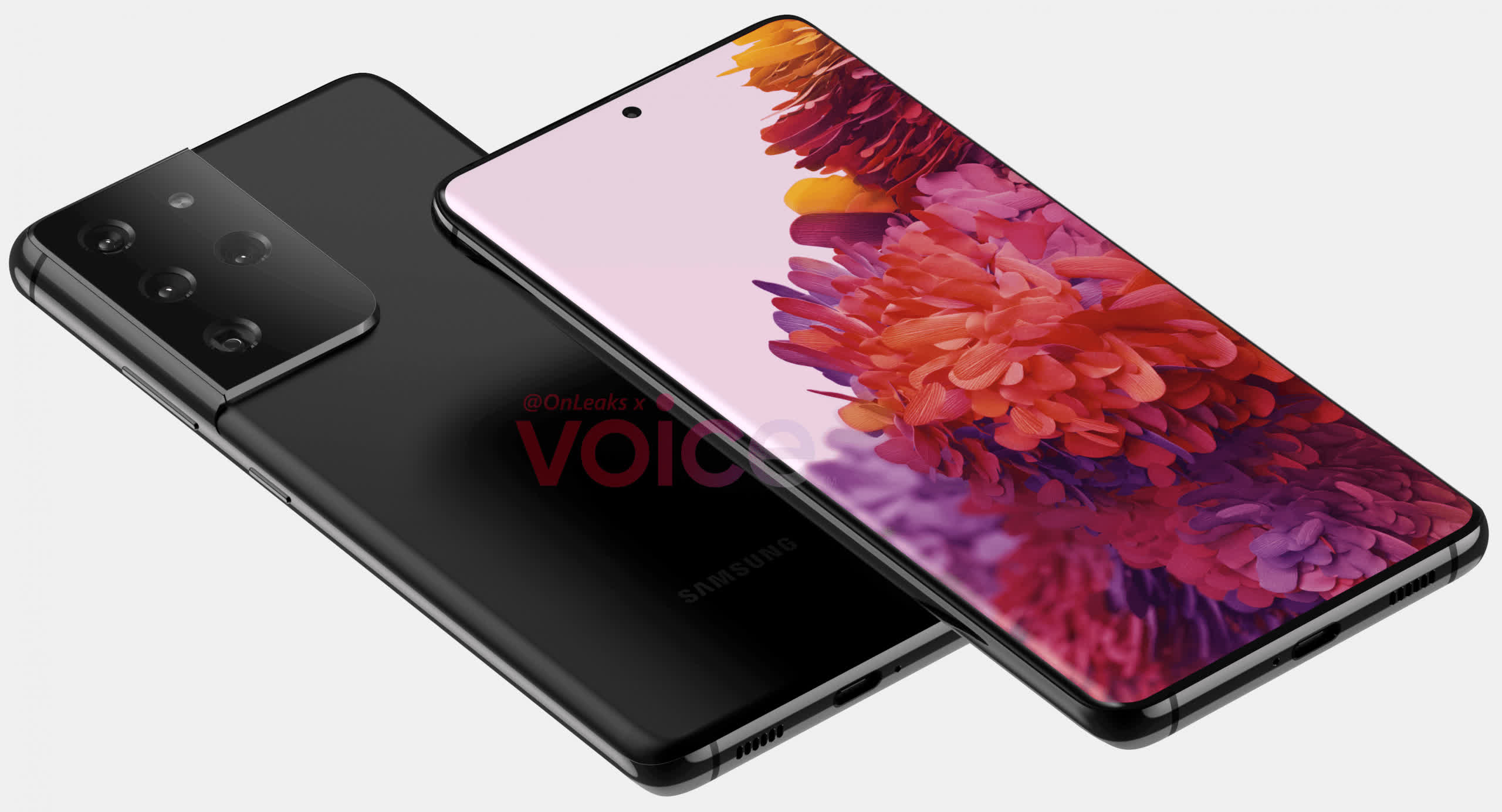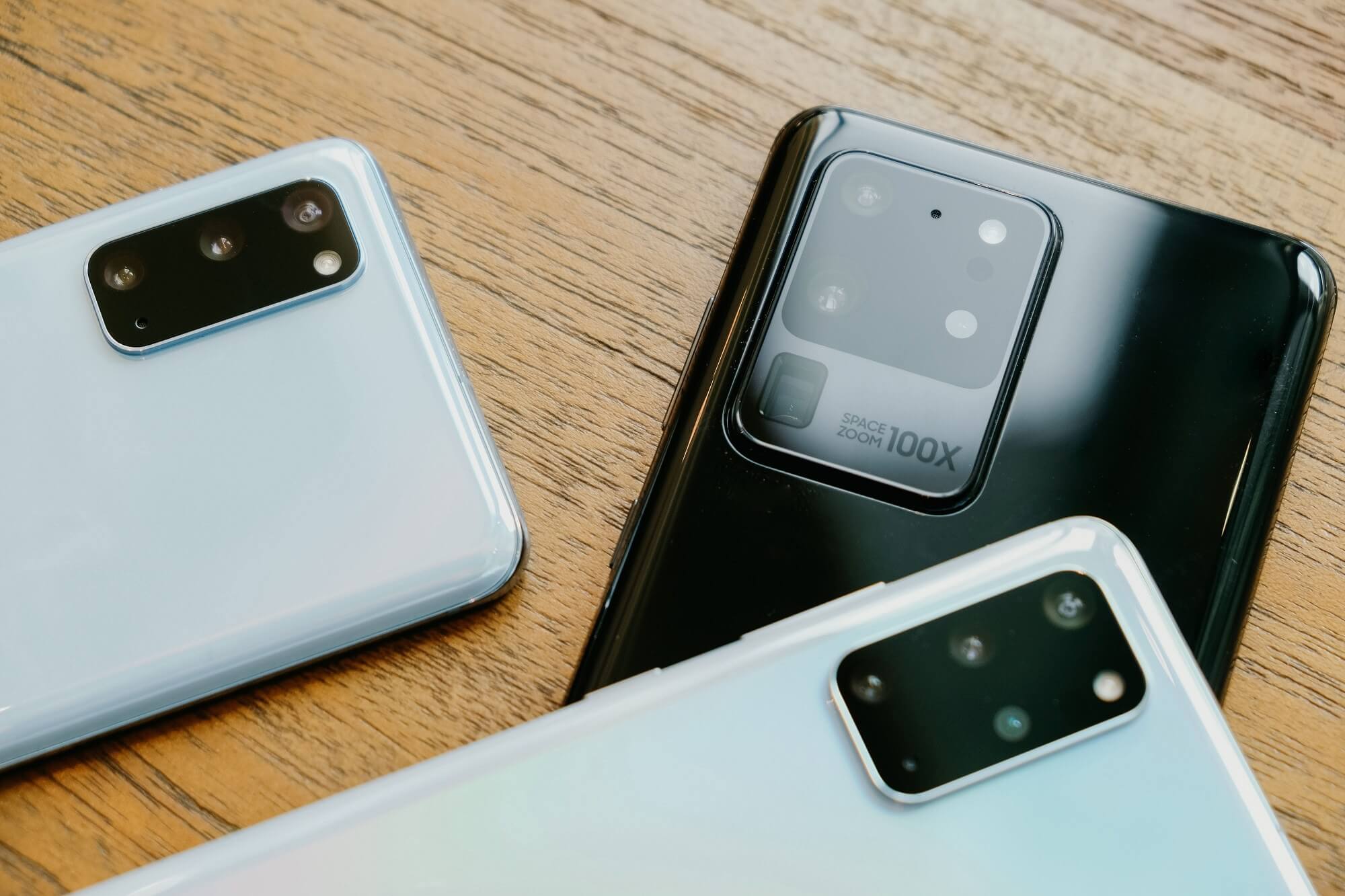Rumor mill: Consumers have complained about a lack of innovation in the smartphone industry for years, with the latest models often just iterative updates on their predecessors. If new information turns out to be accurate, nowhere will that be truer than with Samsung's next entry in its S-series flagship line.
According to leaker Ishan Agarwal and 91Mobiles, the Galaxy S21 Ultra, which could be called the S30 Ultra, shares a spec sheet that's quite similar to the S20 Ultra.
The upcoming handset is said to feature a 6.8-inch Dynamic 2K AMOLED 2x Infinity-O display---0.1 inches smaller but essentially the same as its predecessor. The 5,000 mAH battery is reportedly unchanged, and it comes with a 108MP primary camera and 40MP front-facing shooter in the hole-punch cutout---as is the case with the S20 Ultra.

There are some rumored minor upgrades to the S21 Ultra. The 120 Hz screen is said to jump to 144 Hz, putting it on par with the Asus ROG Phone 3 and Lenovo Legion Phone Duel. According to a recent leak, the quad-camera rear array has been given a slight redesign, blending into the side of the phone and lifted further from the frame.
Internally, we can expect to see the S21 powered by the Snapdragon 875 SoC in the US and China, while other regions will likely feature the unannounced Exynos 2100 processor. It's expected to run the Android 11-based UI 3.0, and it might be available in just black and silver colors.
We've also heard that Samsung is bringing this year's S-series announcement forward to January, with sales starting in February. And after Samsung mocked Apple's decision to remove the power brick from the iPhone 12, expect the S21/S30 to come with a charger and headphones.
??Your #Galaxy does give you what you are looking for. From the most basic as a charger, to the best camera, battery, performance, memory and even 120Hz screen ✌️ on a smartphone. ??
Posted by Samsung on Tuesday, October 13, 2020
Smartphone design has been stagnant for a while now, and that's reflected in sales figures---a situation that's been worsened by the pandemic. People are reluctant to upgrade their devices at the same pace as before, and new phones that offer incremental upgrades are unlikely to improve the situation.
